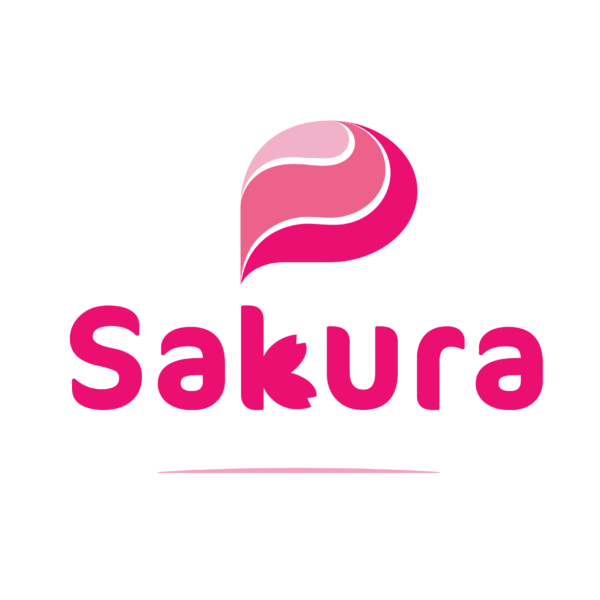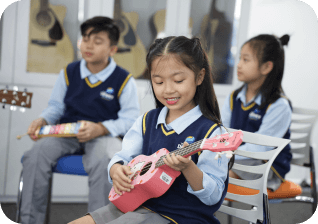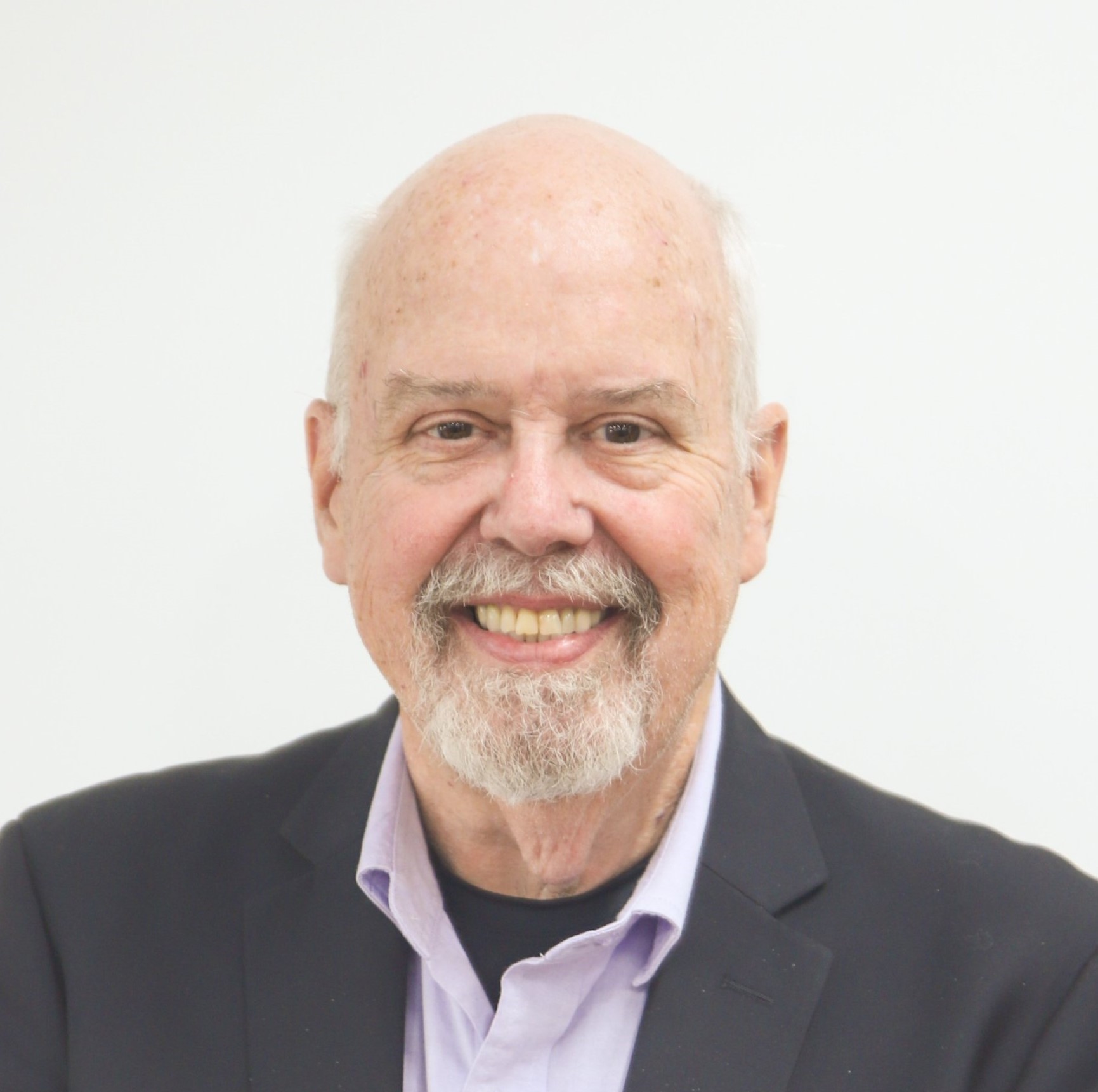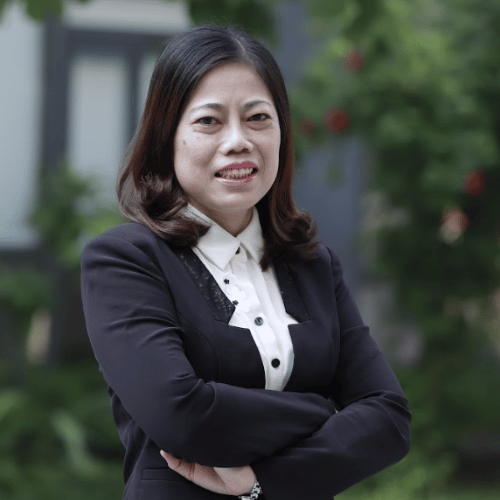Designing disaster relief shelters using math;
Inspired by the Japanese art of Origami;
Pitching ideas “Shark Tank” style to convince investors.
That was the exciting challenge faced by Grade 6 Manchester TDSers, who worked together to find real-life solutions using math and creativity. Recently, they wowed audiences with their disaster relief tent designs—lightweight, durable, and easily collapsible—based on the folding principles of Origami.
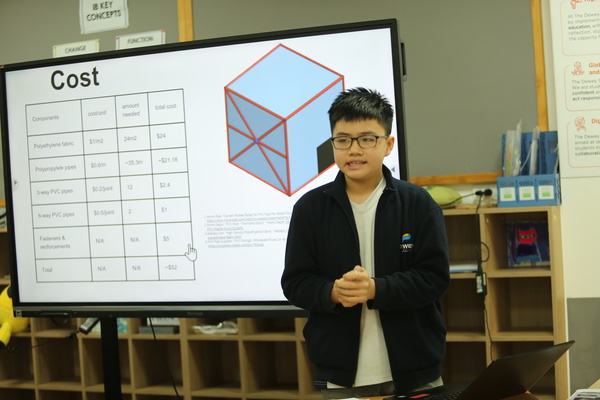
Inspired by the popular TV show Shark Tank, student teams confidently pitched their designs to a panel of “investors” – their fellow classmates from other project groups. Each investor was given a virtual budget of 30 million VND to “invest” in the project they believed was the most viable, based on its feasibility, materials, real-world application, and mathematical integration..
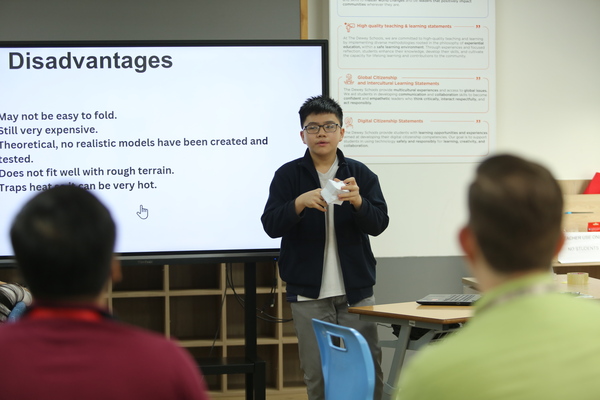
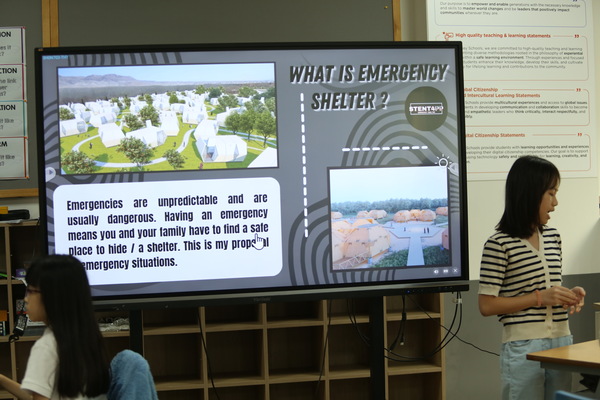
What made the project stand out was its seamless blend of aesthetics, mathematics, and physics: from calculating area, perimeter, and scale ratios to using 3D modeling software like OnShape, sketching blueprints, measuring dimensions, and testing durability. Throughout the two-week preparation, students not only exercised their logical thinking but also honed their communication, teamwork, and professional presentation skills.
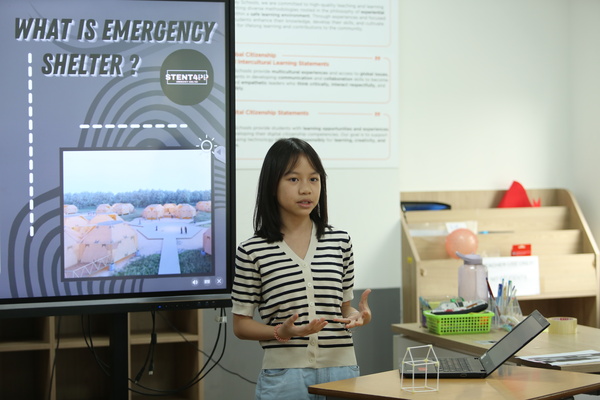
Mr. Michael Leonard, Math Teacher, shared, “We often learn math in a very abstract way, but when students apply it in real-world contexts, everything comes to life and becomes truly inspiring. Based on Harvard University’s research into Origami-inspired relief tents, I saw this as an incredible opportunity for students to discover the power and purpose of mathematics—and they’ve far exceeded my expectations, especially as sixth graders!”
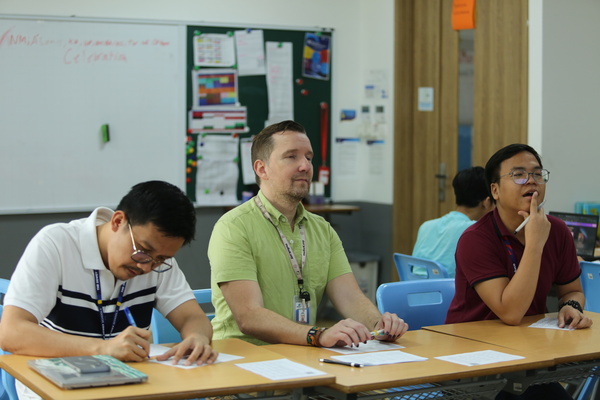
This project was not just a math lesson—it was a shining example of The Dewey Schools’ “Beyond the Blueprint” approach to learning, where students are empowered to create a better world through a combination of creativity, critical thinking, and meaningful action for the community.




